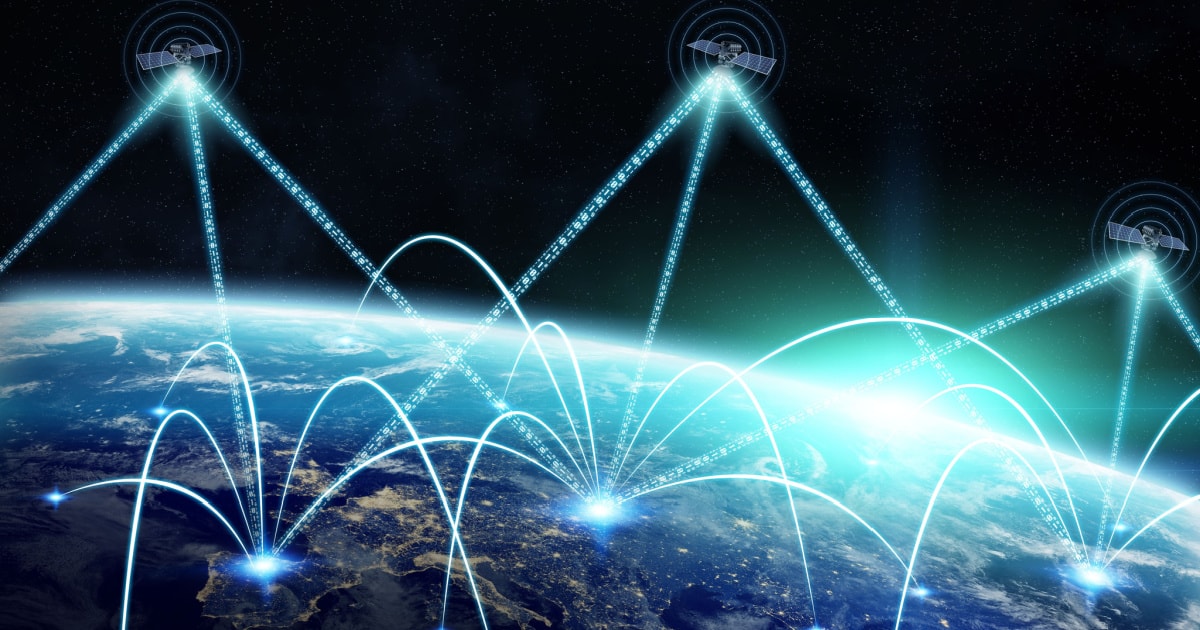Rumors surrounding the future iPhone ability to text emergency services and contacts even in cellular dead zones got another boost recently. One noted Apple analyst reports the feature has already completed hardware testing for iPhone satellite communication, but the business model remains a sticking point.
Apple Has Completed iPhone 14 Satellite Communication Hardware Testing
In a recent series of tweets and blog posts, noted Apple analyst Ming-Chi Kuo confirmed what we already suspected. Apple has been testing satellite communication capability for the iPhone for some time, even going back to the iPhone 13. The only reason Apple hasn’t made the feature live is because it still needs to finalize the business model.
According to Kuo, the need for this feature is certainly considerable. The analyst writes that an uptick in “natural disasters and geopolitical conflicts in recent years” has escalated the need for smartphones to offer satellite-based emergency texting and voice services. It’s no longer something that would be nice to include, but a “must-have smartphone feature.”
Kuo goes on to note that Apple has completed hardware testing for satellite communication in the iPhone 14. As we suspected, the analyst learned the hardware development is actually included in the iPhone 13 already. However, Apple has not enabled it because the business model was not yet negotiated.
Wide Range of Manufacturers and Cellular Providers Working Towards Satellite Capability
Apple is continuing to negotiate its business model for the feature, even as T-Mobile has already announced a similar service coming to all devices on its network. Rumors point to the iPhone maker partnering with Globalstar on the feature, which Kuo believes will eventually happen.
Meanwhile, MediaTek has already demonstrated satellite communication with existing commercial 5G smartphone hardware. Furthermore, Huawei is expected to hold a media event Sept 6 to announce its new smartphone, the Mate 50. Kuo believes this device will offer emergency texting services using the Chinese BeiDou Navigation Satellite system.
As for the Cupertino-based tech giant bringing emergency satellite communication to the iPhone, Kuo believes it’s a matter of when, not if. He says the iPhone 13 already has the necessary hardware, as will the iPhone 14. Apple and satellite operators just need to work out their contracts to make it happen.
While Kuo says it’s difficult to predict exactly when the iPhone will support satellite communication service, the analyst fully believes “it will happen eventually.”

That would certainly be a useful feature and would all but eliminate dead zones. How is the satellite communication infrastructure? Could it handle the number of increased users?
The infrastructure isn’t really there to support it yet, but satellite providers are gearing up for it. SpaceX has a number of Starlink satellites scheduled to be delivered into orbit in 2023, and Globalstar signed a deal several months ago for 17 new birds. Globalstar’s deal even includes a provision for 9 more satellites, if they need them.
About 2 years ago, well before dawn, I saw a “train” of SpaceX satellites passing over. It was quite a sight.